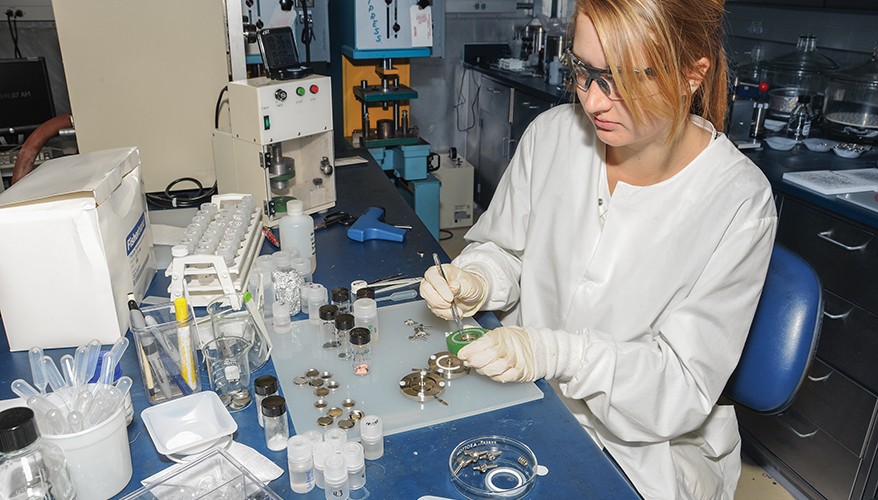Un esfuerzo dentro del Comando de Futuros del Ejército dirigido a la colaboración entre los científicos y expertos se centra en la biología sintética y la inteligencia artificial como prioridades clave. El Ejército estableció el Comando de Futuros en 2018 para encabezar las principales iniciativas. Un grupo conocido como Team Ignite se unió en 2019.
An effort within Army Futures Command aimed at collaboration between the service’s scientists and technical experts is zeroing in on synthetic biology, autonomy and artificial intelligence as key priorities, a service official said in October.
The Army established Futures Command in 2018 to spearhead the service’s top acquisition initiatives. A group known as Team Ignite joined in 2019.
“This transition was part of a strategic effort to bring intellectual capital into one Army command focused on the future,” said Maj. Gen. John George, commanding general of Army Combat Capabilities Development Command.
The team’s goal is to lead the systematic and continuous shaping of concepts and capabilities for warfighters while fostering collaboration between CCDC and the Futures and Concepts Center, which are sister organizations that operate under the umbrella of Army Futures Command, the service said.
The team holds science concept workshops “that are based on what is being developed in scientific labs, both inside and outside the Army,” George said. Discussions in previous workshops have ranged from synthetic biology and quantum sciences to alternative sources of power and energy, he noted.
To help prepare the military to combat adversaries, Team Ignite is “integrating fields like synthetic biology, autonomy and artificial intelligence into our future network,” George said during a speech at the Association of the United States Army’s annual conference, which was held virtually this year due to the COVID-19 pandemic. These technologies will fundamentally change the military’s future operating environment, he added.
One research area related to synthetic biology that has garnered excitement during workshops is camouflage, George said.
“We all know that missions are always safer when our soldiers and their equipment are not detected, and so research in synthetic biology has identified a series of plants that naturally filter light and hide things in plain sight,” he said.
One result of the workshops is a deeper understanding of the linkage between science and technology and the creation of new tools for soldiers — an understanding that materializes in what the team calls “discovery trees.”
“Discovery trees allow the command to visualize the bonds between research in its science-and-technology programs and their pathway to capabilities,” George said. “There is a logical link, a network between ideas to foundational science, to applied and advanced research and ultimately to [the] delivery of Army capabilities,” he added.
The team is leveraging this approach in a series of deep dives to explore S&T opportunities for modernization.


